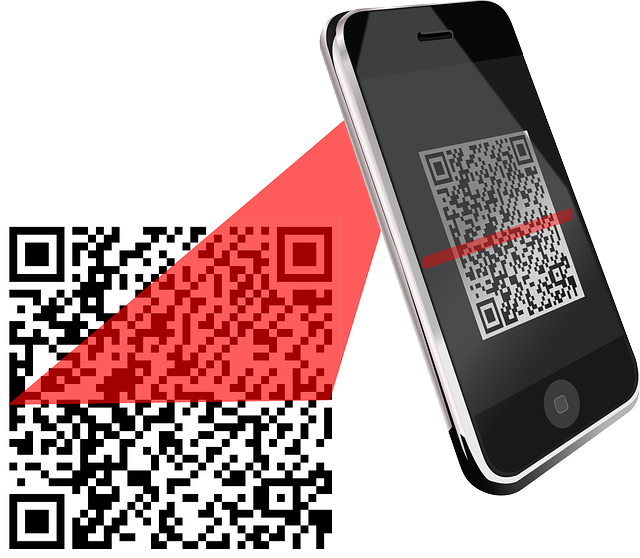 Printers love to toss around terms and phrases to sound sophisticated and knowledgeable. The problem becomes when we often don’t take the time to explain those terms and technologies to our clients. Let’s talk about one of those print terms, and go over what it can be used for: variable data print.
Printers love to toss around terms and phrases to sound sophisticated and knowledgeable. The problem becomes when we often don’t take the time to explain those terms and technologies to our clients. Let’s talk about one of those print terms, and go over what it can be used for: variable data print.
WHAT IS VARIABLE DATA PRINT?
Simply put, variable data print (VDP) is the print process of changing data on a piece (direct mail or some other marketing piece) so that it has a more customized call to action, or content, that is directed to a specific audience or audience member.
ILLUSTRATIONS OF VDP
Let’s look at the things that can be changed on a VDP piece:
- Address block
- Personalized salutation or greeting
- Personalized URL, called a pURL, that will take the recipient to a custom landing page, with content for them, and fields they can fill out to give you even MORE data on them
- Images that are changed out dependent upon the recipient. For example, if you know the recipient owns a classic ’57 Thunderbird, or is into classic cars, you can have images printed on there that are of that person’s actual car, or at least classic T-birds or other cars
- ALL of the above!
WHAT DRIVES VDP?
Simply put, data and images. Having a .csv file or an Excel sheet with name, address, and even some personal information can be the basis for this. You can have libraries of images, and have the data source drive which imaged is to be used. The print services provider then uses various programs, such as XMPie, to compile the data and images, which then turn them into print PDF files for imaging. VDP has to be done on a digital device, such as a digital press, or even the new inkjet presses. You cannot do VDP on traditional offset or web presses, since they use a single plate for hundreds to millions of impressions.
HOW DO I SET UP MY FILES FOR VDP?
Most print services providers will have their preferred method, but a rule of thumb is to provide your source file, an Excel sheet (or .csv file), all your images, and then a print PDF. You don’t need to set up your file any differently than you would for a generic print job. However, I do recommend that you have a lo-res PDF that shows where the data needs to be mapped to. The print services provider will then take the source file, or the print PDF, and “map” the data – tell the RIP software where copy changes are applied, or image changes. Then the software, such as XMPie, will RIP that file, creating a single multi-page print PDF for final imaging.
VDP can be a very powerful tool in direct mail marketing. Studies have shown that a personalized mail piece will be looked at for two seconds more than a non personalized piece. That may seem trivial, but two seconds can be a LONG time! If there is a personalized call-to-action that then engages the recipient, there is more chance that they will take that action, or investigate further your company or product. I had an experience once where our rate of response was 26% – which was ASTRONOMICAL in the direct mail field (standard response rate is 2%!)
The key is to work with your print services provider beforehand in making sure your data is good, and the files are set up to get the best results. And, it goes without saying, you want a great design and a very compelling call-to-action to go along with it.
{{cta(‘7aec9622-eee0-494a-a213-bc06b4b37067′,’justifycenter’)}}
